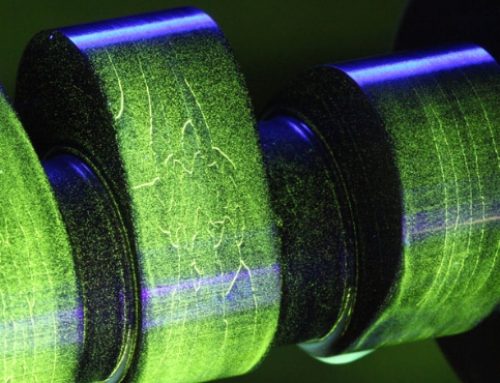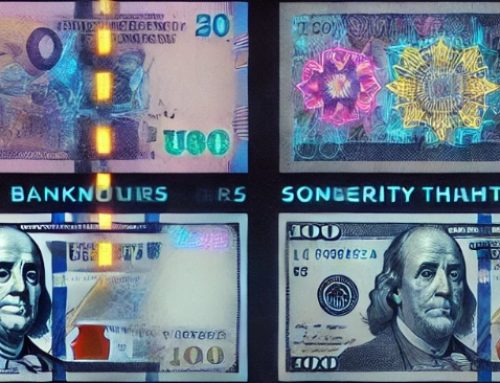UV antigen detection lamp
The novel coronavirus antigen test kit, as a supplementary means of nucleic acid testing,
Joint Prevention and Control Mechanism Of The State Council is in the list of epidemic prevention measures in 2022 by the Joint Prevention and Control Mechanism Of The State Council.
As we know, the sensitivity and specificity of the antigen test kits cannot be compared with nucleic acid tests,
which may lead to missed detection when residents use the kits for self-testing. So what to improve the sensitivity and specificity of antigen detection kits?
Today we are going to look at the causes and remedies of missed antigen testing.
Causes of possible missed antigen test boxes
Antigen detection does not have nucleic acid amplification process like nucleic acid detection technology,
which leads to antigen detection method is not as sensitive and specific as nucleic acid detection.
In other words, antigen-testing kits such as latex and colloidal gold have relatively low sensitivity and specificity, which increases the risk of “false negatives”.
In particular, some patients may miss detection due to a long period of infection and low viral load. Similarly, in the population with low epidemic prevalence,
the number of people using latex or colloidal gold antigen testing kits may even be far more than the number of “true positives”,
which means that false positives are more likely to occur.
How to reduce the probability of missed detection and error detection of antigen testing box?
At present, there are actually three technical schemes for antigen detection kits are latex method and colloidal gold method mentioned above.
The two technical routes are similar, and the detection sensitivity and specificity are almost the same. The third antigen test, which uses fluorescent immunochromatography,
has a 10-fold increase in sensitivity and a significant increase in specificity. In terms of convenience of operation, the fluorescence immunoassay
kit often requires the use of immunofluorescence analyzer to read the fluorescence signal on the reagent card, which is inferior to the previous two detection methods.
Is there any other way to compensate? The answer is yes.
The sensitivity and specificity of fluorescein immunochromatography are preserved and the protocol is convenient to use
Using specialized portable uv reagent detection lamps such as UV340, to activate the antigenic antibody complexes labeled fluorescent microspheres.
The ultraviolet light wave radiated by the uv lamp causes the fluorescent microsphere marker to fluoresce and appear on the antigen testing card.
This is the relatively “perfect” scenario at the moment.
— — — — — — — — — — — — — — – — — — — — — — — — — — — — — — — — — — — — — — — — — — — — cut — — — — — — — — — — — — — — — — — — — — — — — — line — — — — — — — — — — — — — — — — — — — — — — — —
The nucleic acid detection is different, since the outbreak has been as will be important basis for diagnosis of coronavirus infection, compared with the antigen detection,
sensitivity, specific degrees higher, the result more accurate, but need professional organizations, professional and technical personnel,
however, antigen detection is a supplementary means of nucleic acid detection,
Antigen testing should not replace nucleic acid testing as the standard of “diagnosis”.
This is also an important reason why nucleic acid test adopt as the basis for the diagnosis of novel coronavirus infection in China.
In fact, whether the virus invades the human body, there are currently three main methods to detect: nucleic acid detection,
antigen detection and antibody detection. Antigen is the protein component of the virus. The Novel Coronavirus form is spherical.
Proteins and lipids compose the shell of the sphere, combination of the nucleic acid and protein of the virus formcomplexed the core.
Antigen detection is to start from the antibody to detect the protein components of the virus, so as to determine whether to test the virus in the specimens.




